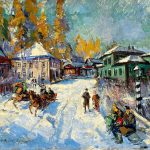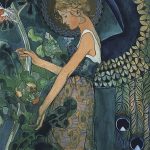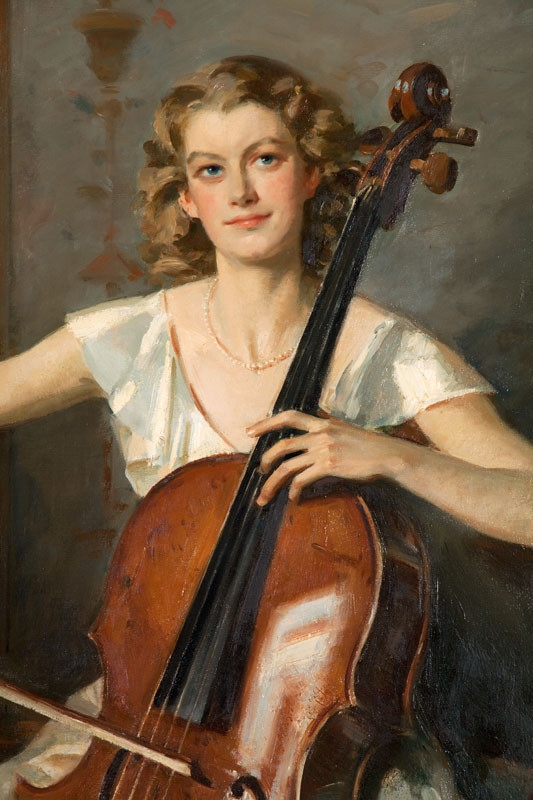
Wilfrid Gabriel de Glehn (1870–1951) was a prominent British portrait and landscape artist, renowned for his exquisite use of color and brushwork. Born on January 8, 1870, in Sydenham, London, de Glehn’s artistic journey spanned several decades, and his work left an indelible mark on the world of art in the late 19th and early 20th centuries.
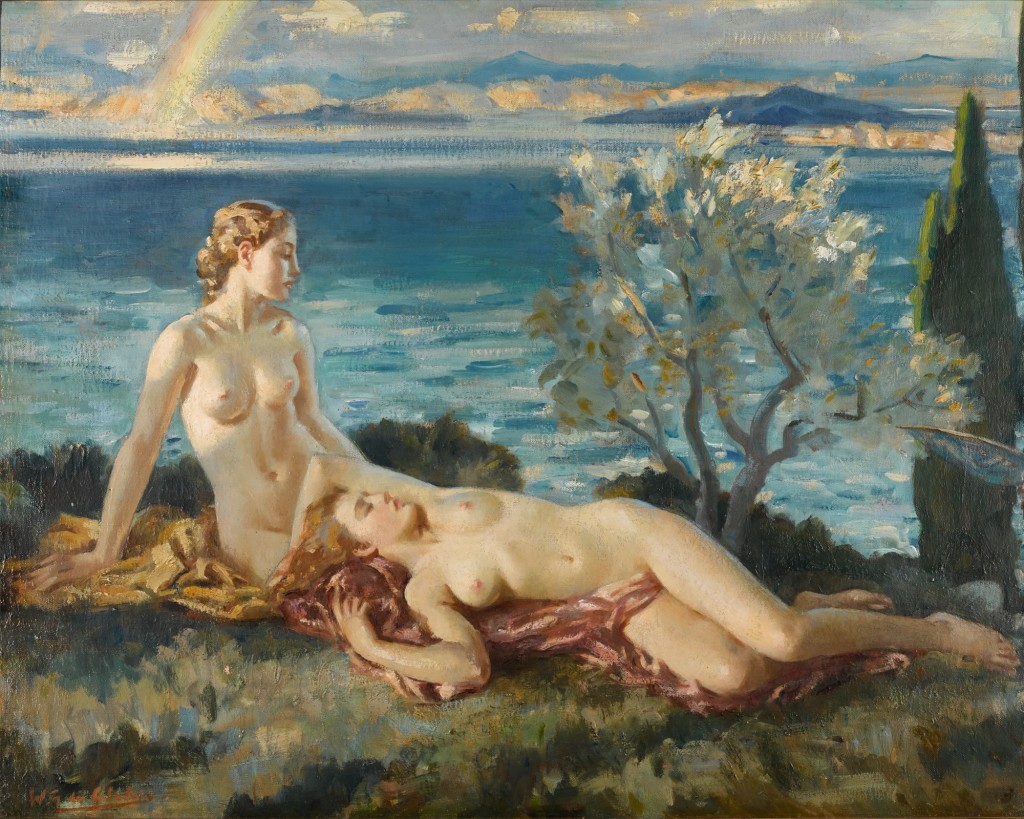
Wilfrid de Glehn displayed an early affinity for art, and his talent was recognized and encouraged by his family. In 1885, at the age of 15, he enrolled at the Royal Academy Schools, where he received formal training in painting and drawing. Under the tutelage of distinguished artists, including Sir George Clausen and John Singer Sargent, de Glehn honed his skills and developed a deep appreciation for the techniques that would later define his own work.
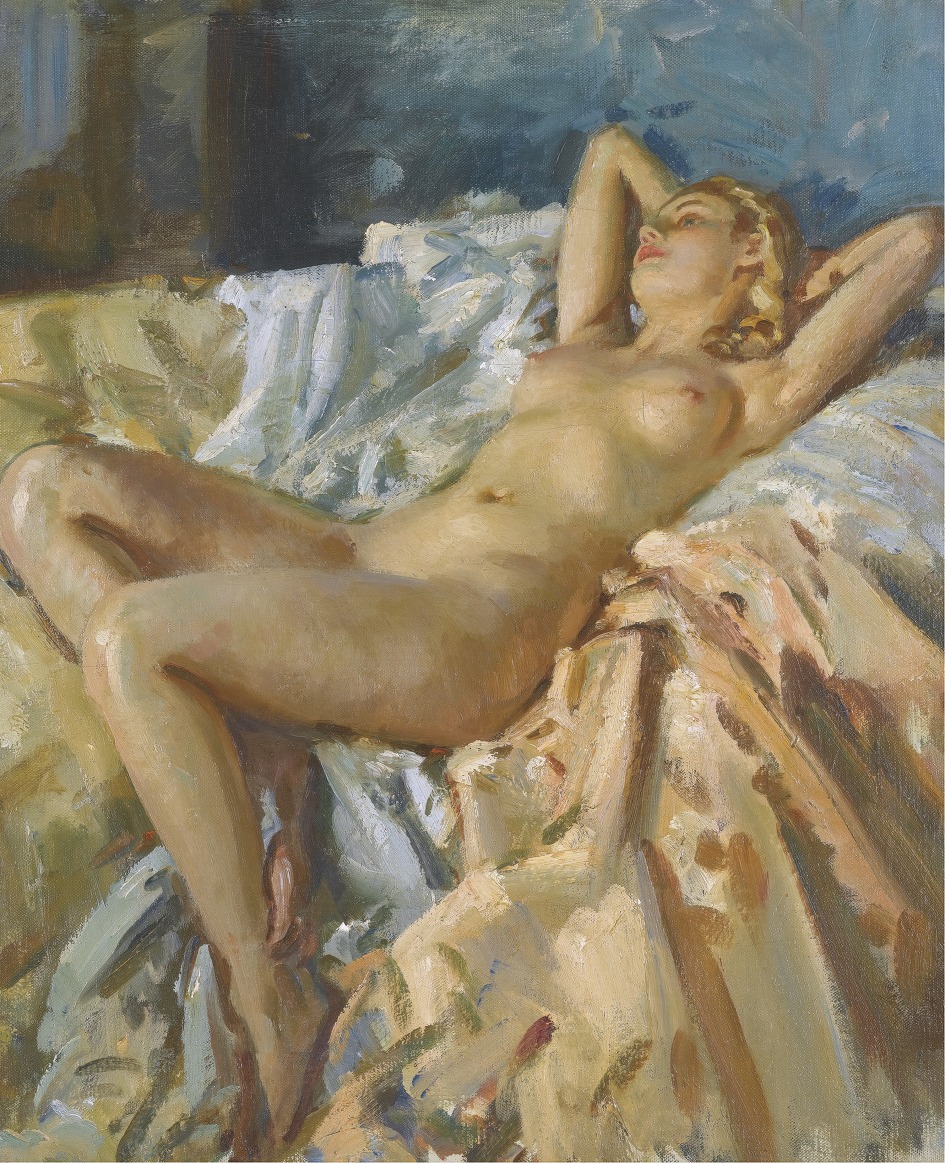
De Glehn’s artistic style was profoundly influenced by the French Impressionist movement, which he encountered during his travels to France and exposure to the works of artists like Claude Monet and Edgar Degas. The play of light, loose brushstrokes, and a focus on capturing the essence of a scene rather than strict realism became hallmarks of de Glehn’s evolving style.
Marriage to Jane Erin Emmet:
In 1904, de Glehn married fellow artist Jane Erin Emmet, an American painter and illustrator. Their union not only created a lifelong partnership but also a collaborative artistic relationship that flourished over the years. The couple’s shared passion for art and travel became a driving force in their personal and professional lives.
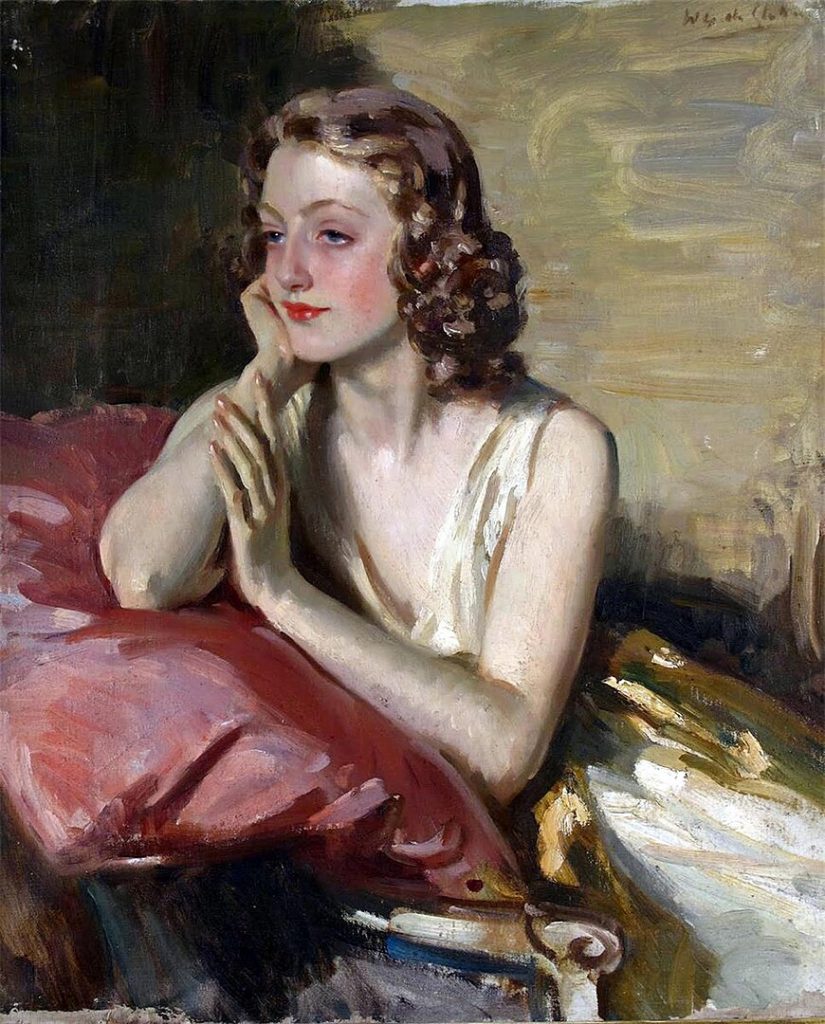
Wilfrid de Glehn gained prominence as a portrait painter during the late 19th and early 20th centuries. His portraits, characterized by a keen attention to detail and a masterful use of color, captured the personalities of his subjects. Among his notable sitters were prominent figures from society, including members of the British royal family, politicians, and influential individuals from various spheres of life.
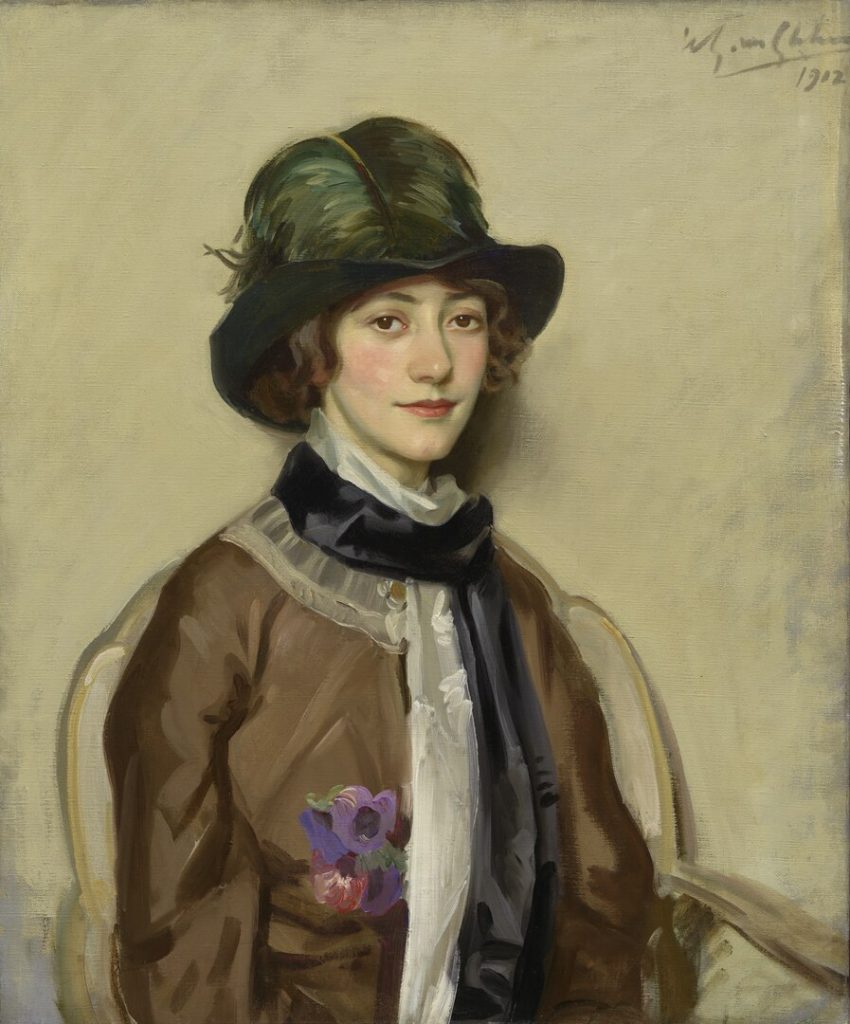
De Glehn’s ability to capture the essence of his subjects earned him acclaim and established his reputation as a sought-after portrait artist. His portraits often depicted an intimate understanding of the personalities he painted, showcasing his skill in conveying not only physical likeness but also the emotional depth of his subjects.
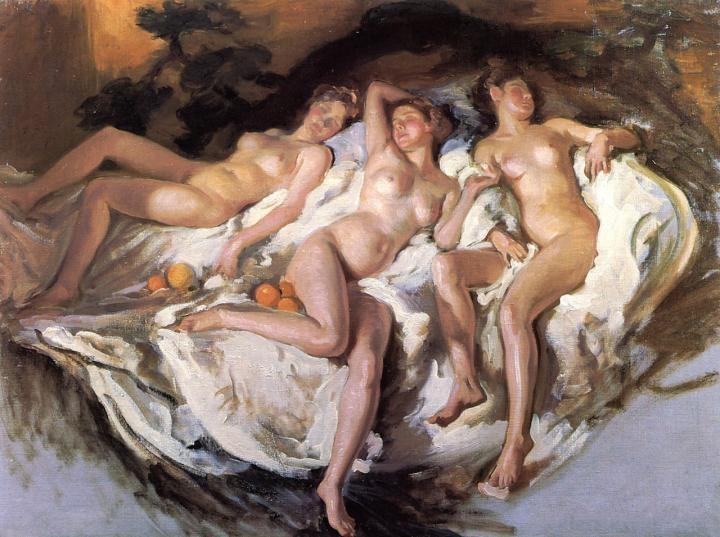
In addition to his success in portraiture, de Glehn was an active participant in the Newlyn School, a group of artists associated with the Cornish fishing village of Newlyn. The movement focused on en plein air painting, emphasizing the direct observation of nature and the effects of light on the landscape. De Glehn’s association with the Newlyn School marked a significant shift in his artistic approach, as he began to explore the outdoor environment and the interplay of light and color in natural settings.
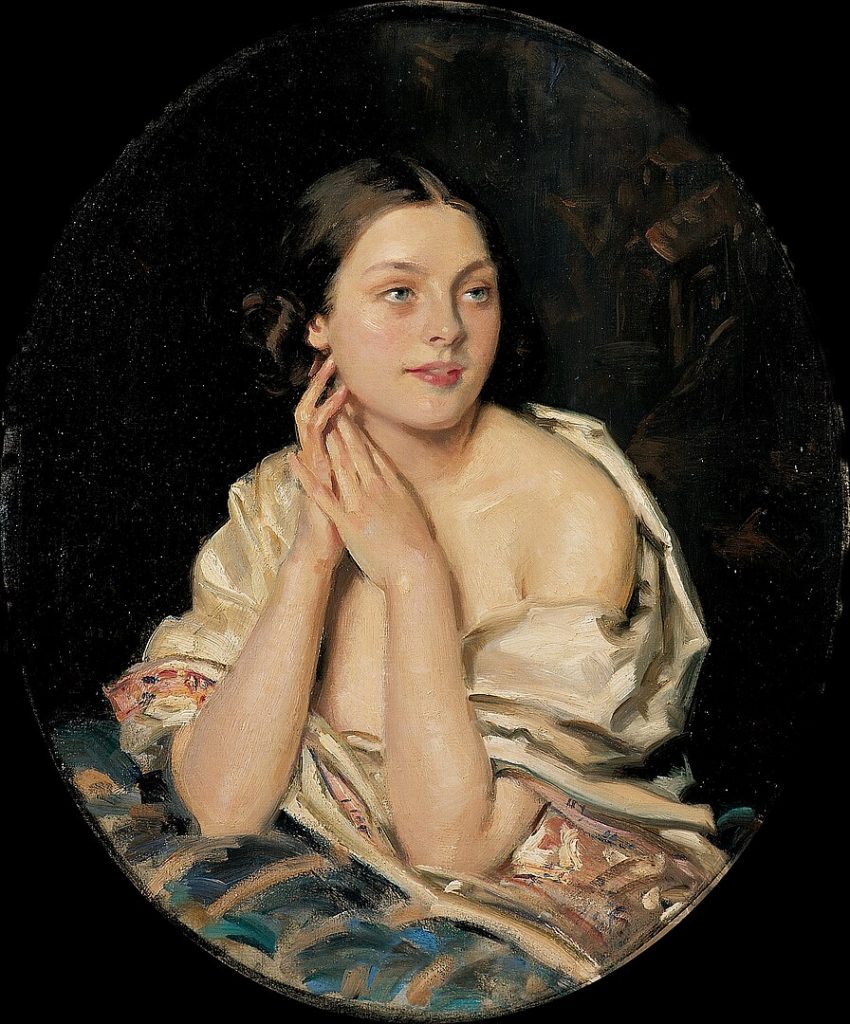
One of the defining chapters of de Glehn’s artistic career was his association with John Singer Sargent. The two artists formed a close friendship, and their shared love for travel and painting en plein air led to numerous artistic collaborations. They embarked on painting expeditions to various picturesque locations, including the coasts of France, Italy, and Spain.
The Mediterranean, with its vibrant landscapes and rich cultural tapestry, became a recurring subject in de Glehn’s work. Sun-drenched scenes, lush gardens, and coastal vistas characterize his paintings from this period. The Mediterranean experience profoundly influenced de Glehn’s palette, infusing his work with warmth and a heightened sense of light.
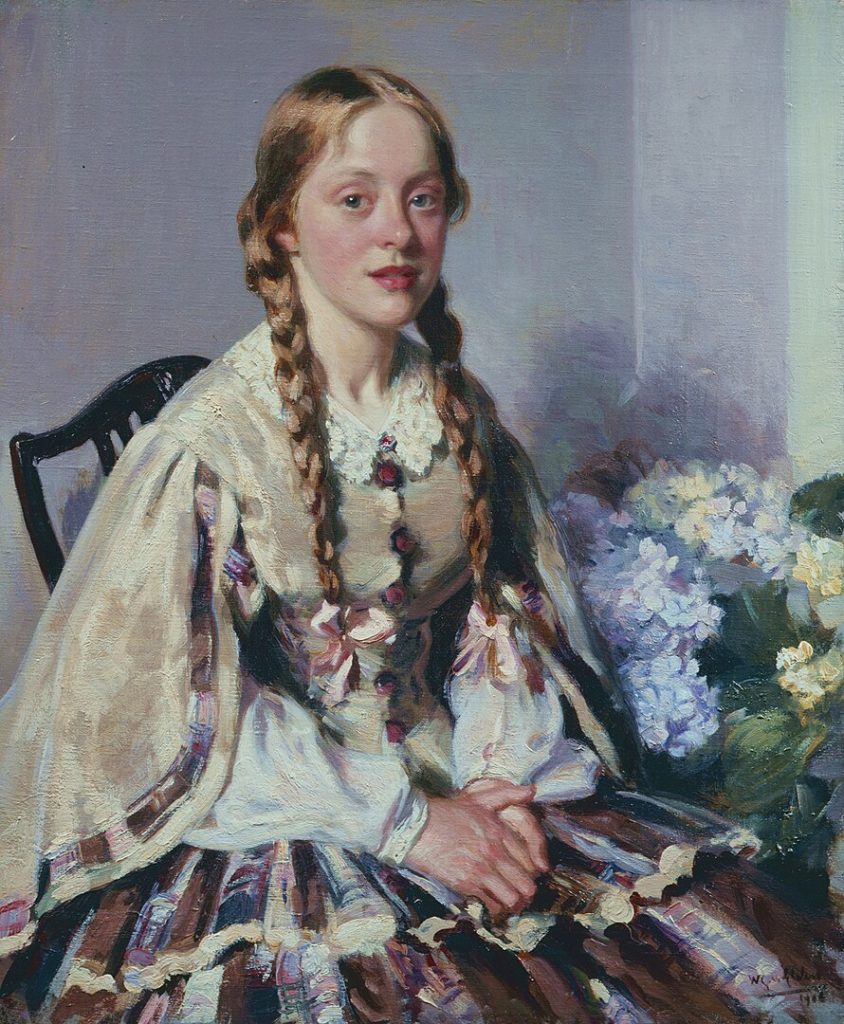
During World War I, Wilfrid de Glehn played a different role as he joined the Canadian Expeditionary Force. Although primarily known for his artistic pursuits, de Glehn served as a camouflage officer, utilizing his artistic skills to conceal military installations and deceive the enemy. His contributions to the war effort showcased the versatility of his talents beyond the realm of easel painting.
Post-War Years
Following the conclusion of World War I, de Glehn returned to his artistic endeavors with renewed vigor. He continued to paint portraits, landscapes, and genre scenes, showcasing a remarkable versatility in his choice of subjects. His post-war works retained the impressionistic qualities that defined his earlier style while also incorporating elements of post-impressionism and modernism.
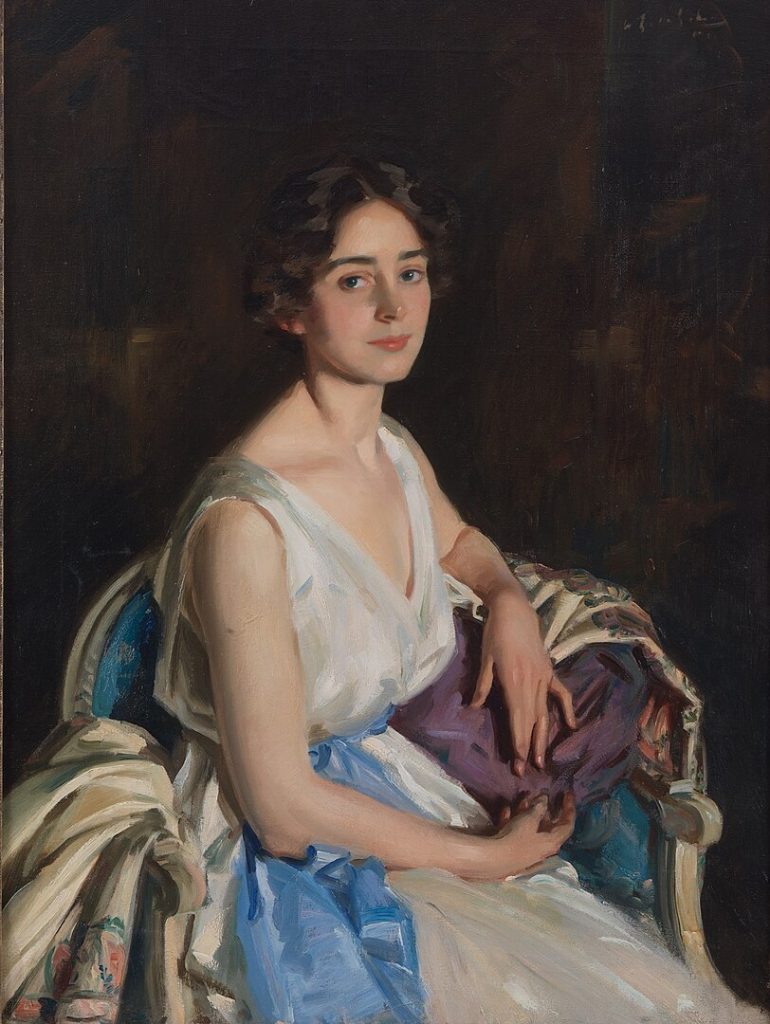
Wilfrid de Glehn’s later years were marked by continued artistic exploration and recognition. His works were exhibited widely, and he received accolades for his contributions to the art world. The death of his wife, Jane, in 1924 deeply affected him, but he continued to paint and exhibit, leaving a lasting legacy that extended beyond his lifetime.
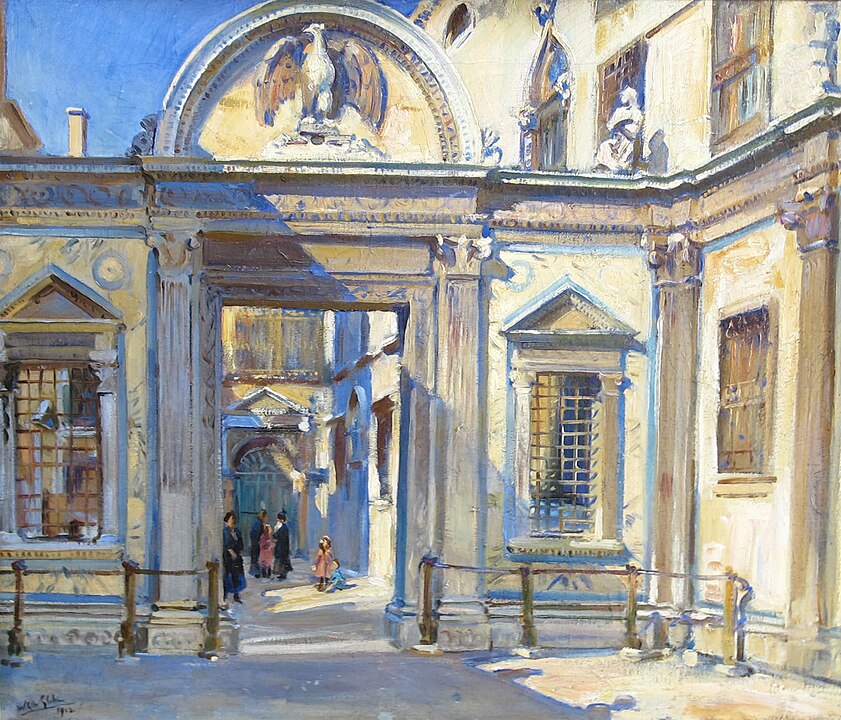
Wilfrid Gabriel de Glehn passed away on May 6, 1951, leaving behind a body of work that continues to be celebrated for its beauty, technical skill, and evocative qualities. His contributions to both portraiture and landscape painting, as well as his enduring collaborations with John Singer Sargent, have secured his place in the annals of art history.
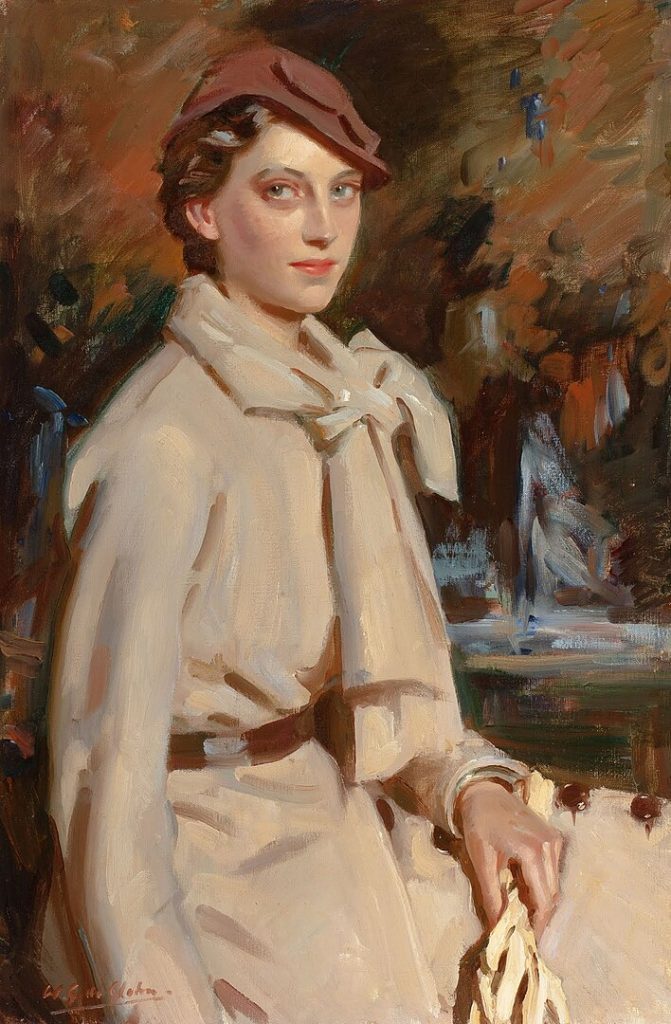
Wilfrid de Glehn’s artistic journey is a testament to his commitment to the craft of painting. From his early days at the Royal Academy to his travels with Sargent and his role in the Canadian Expeditionary Force, de Glehn’s life was a rich tapestry of experiences that shaped his art. His ability to capture the nuances of both people and landscapes, coupled with his unwavering dedication to artistic exploration, has left an enduring legacy that continues to inspire and captivate art enthusiasts around the world.




